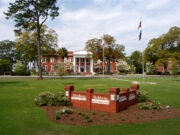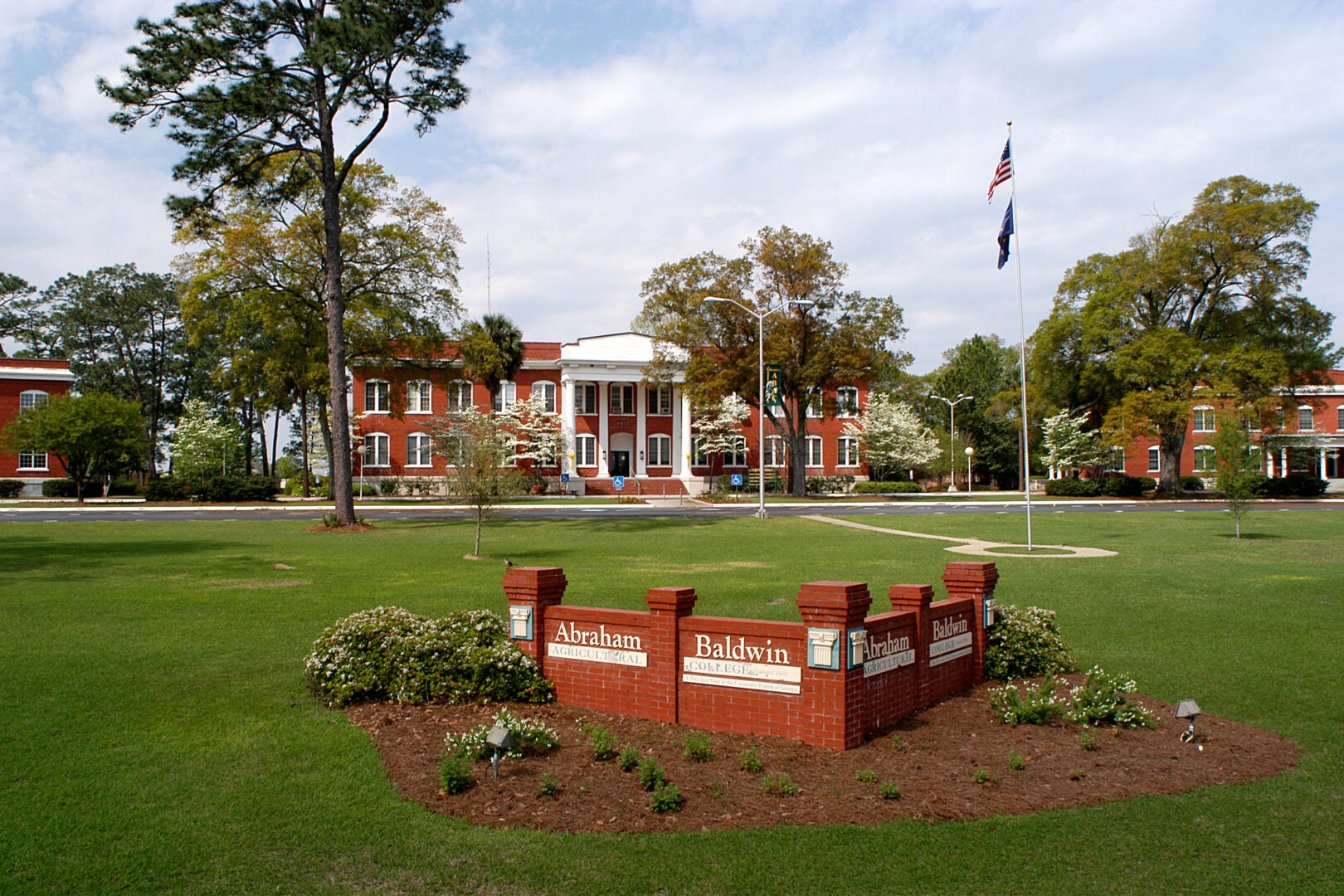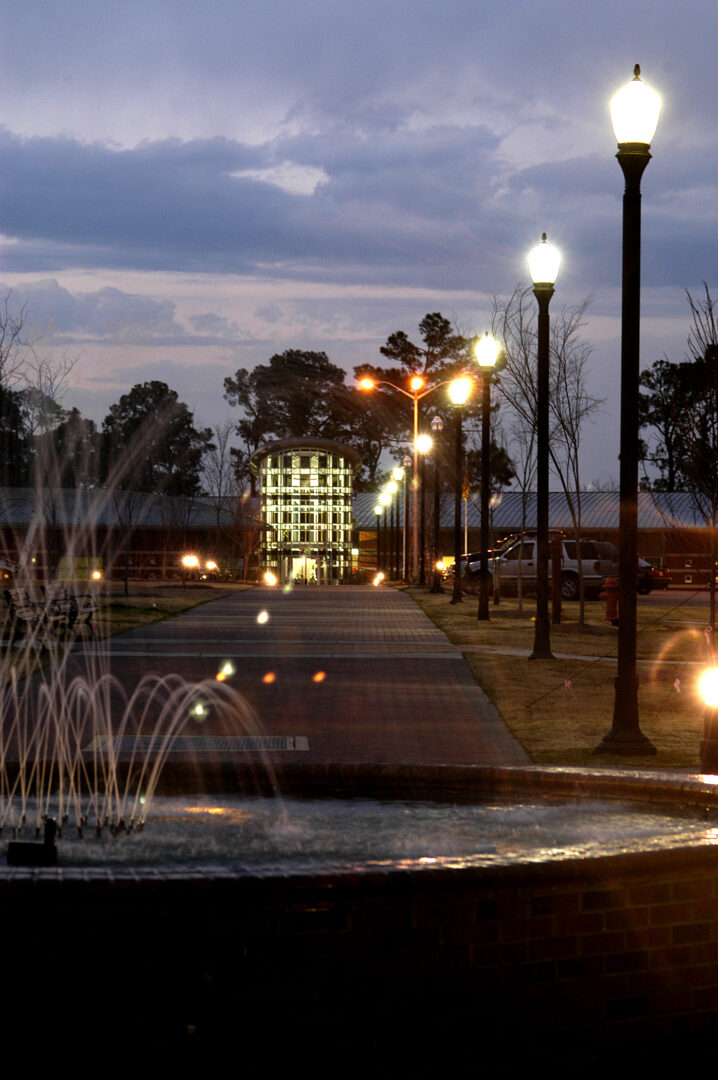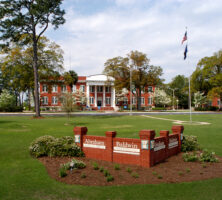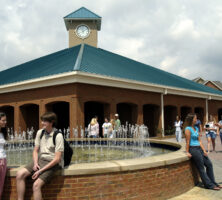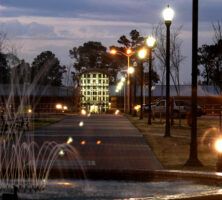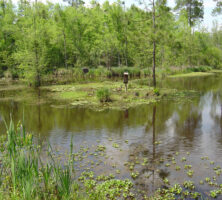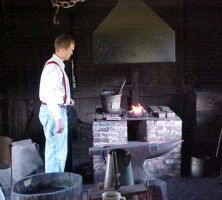Abraham Baldwin Agricultural College (ABAC) in Tifton is a residential college offering two- and four-year programs. The college is named after Abraham Baldwin, a Georgia signer of the U.S. Constitution and the first president of the University of Georgia.
The school was established by the Georgia legislature in 1906 when the legislature passed Public Law 448, which established state-run agricultural schools in the state’s twelve congressional districts. The first students attended the institution in 1908, when it was an area high school called the Second District Agricultural and Mechanical School. The school originally offered two- to four-year programs in agriculture for boys and home economics for girls. The name was changed twice in the 1920s, to South Georgia A&M College in 1925 and to Georgia State College for Men in 1929. It was then a four-year school, and it even fielded a football team. When the University System of Georgia was formed in 1933, the college assumed two-year status and received its present name in recognition of its emphasis on agriculture and home economics.
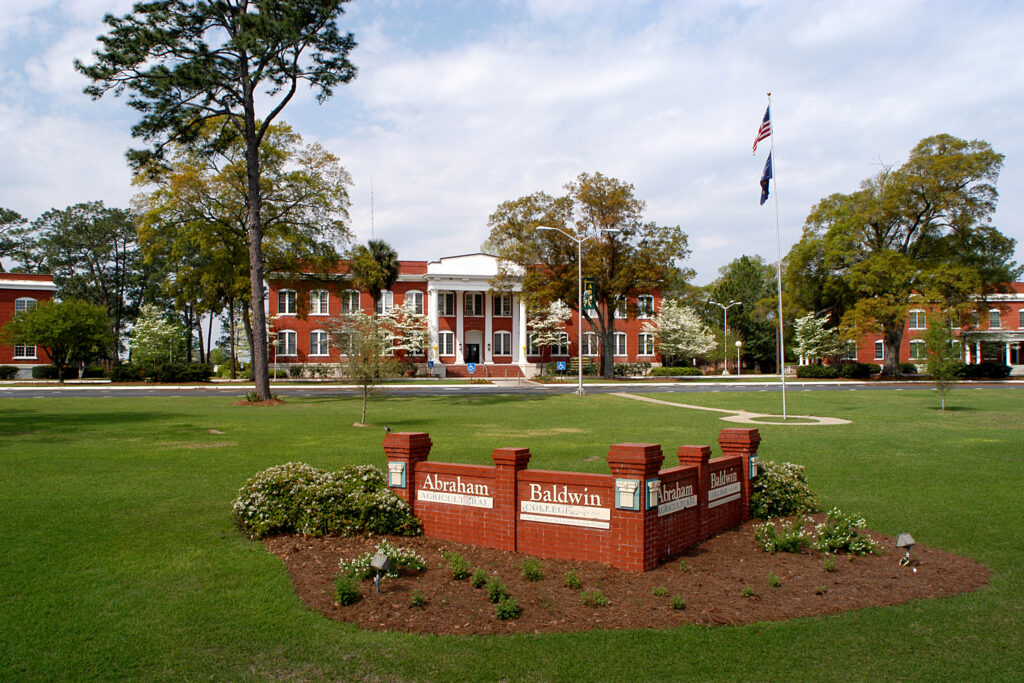
Courtesy of Abraham Baldwin Agricultural College
The fall 2009 enrollment at ABAC consisted of 3,326 students from 152 Georgia counties, 17 other states, and 11 countries. The college offers programs of study in agriculture, criminal justice, education, forestry, and health sciences. More than 1,100 students live on campus.
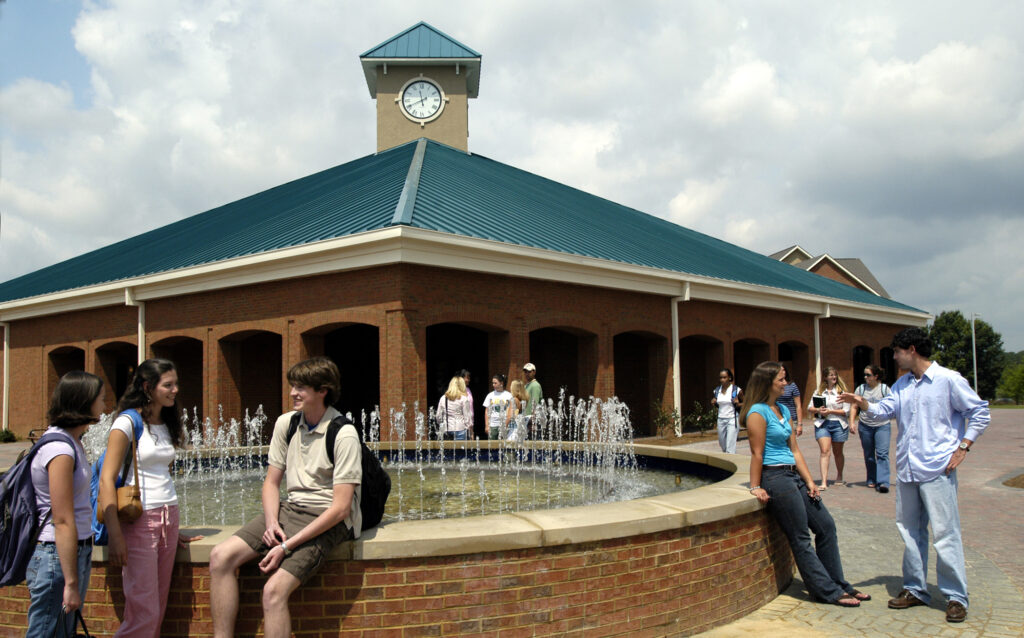
Courtesy of Abraham Baldwin Agricultural College
ABAC offers six intercollegiate sports programs, including tennis, softball and baseball, golf, and soccer. Other extracurricular interests for the students include a wide-ranging music program with a concert band, jazz band, concert choir, and jazz choir. The college has its own theater troupe, the Baldwin Players. The college also has an award-winning student newspaper, the Stallion; a literary magazine, Pegasus; a student radio station (WPLH); and a television studio.
The college offers bachelor’s degrees in several areas, and ABAC students can also transfer without loss of credit to other units of the University System of Georgia. Associate degrees, designed to be completed after two years of study, are offered in the career technological program. Persons who want to upgrade their skills or acquire expertise in a particular area of study can enroll in a one-year certificate program.
In 1987 ABAC expanded its scope to include classes in nearby Moultrie, at a location in the center of downtown now called “ABAC on the Square,” where students can select from a variety of core curriculum classes. ABAC also has offered off-campus classes in Fitzgerald, Nashville, and Sylvester.
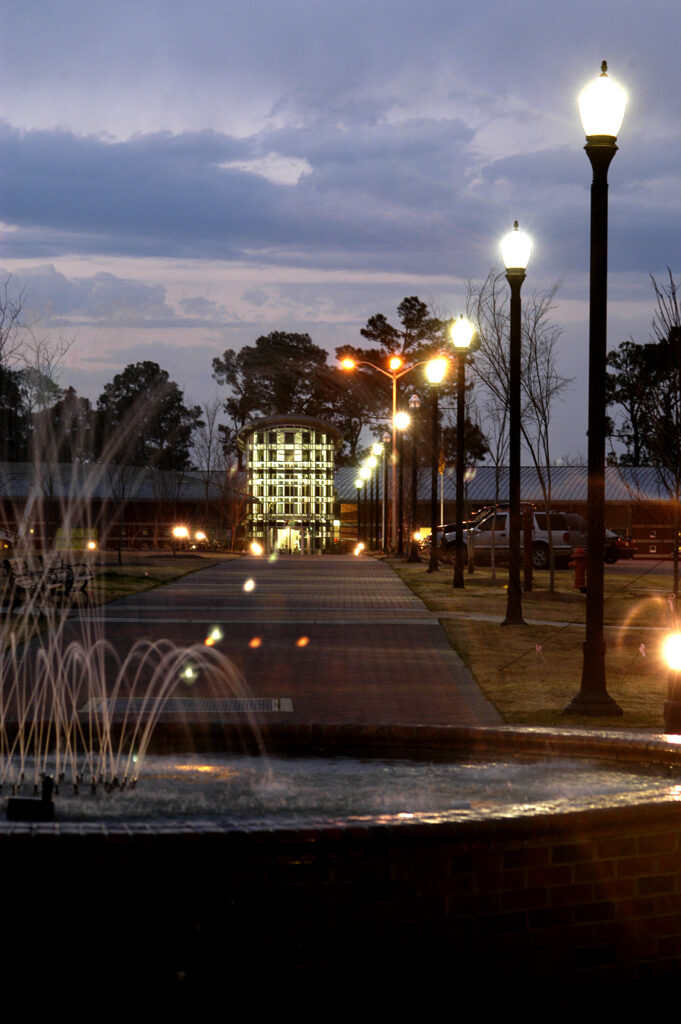
Courtesy of Abraham Baldwin Agricultural College
ABAC’s 421-acre campus includes the 12-acre Lake Baldwin and the 200-acre Jasper G. Woodroof Farm, named for ABAC’s first president, Jasper Guy Woodroof. The ABAC Foundation owns the 91-acre Forest Lakes Golf Club, which proves a perfect teaching laboratory for students in programs ranging from agricultural equipment technology to sports turf management. In 2010 ABAC assumed management of the Georgia Agrirama (later the Georgia Museum of Agriculture and Historic Village), the state’s official museum of agriculture in Tifton. This living history museum provides additional opportunities for students in ABAC’s rural studies program, which began in 2009.
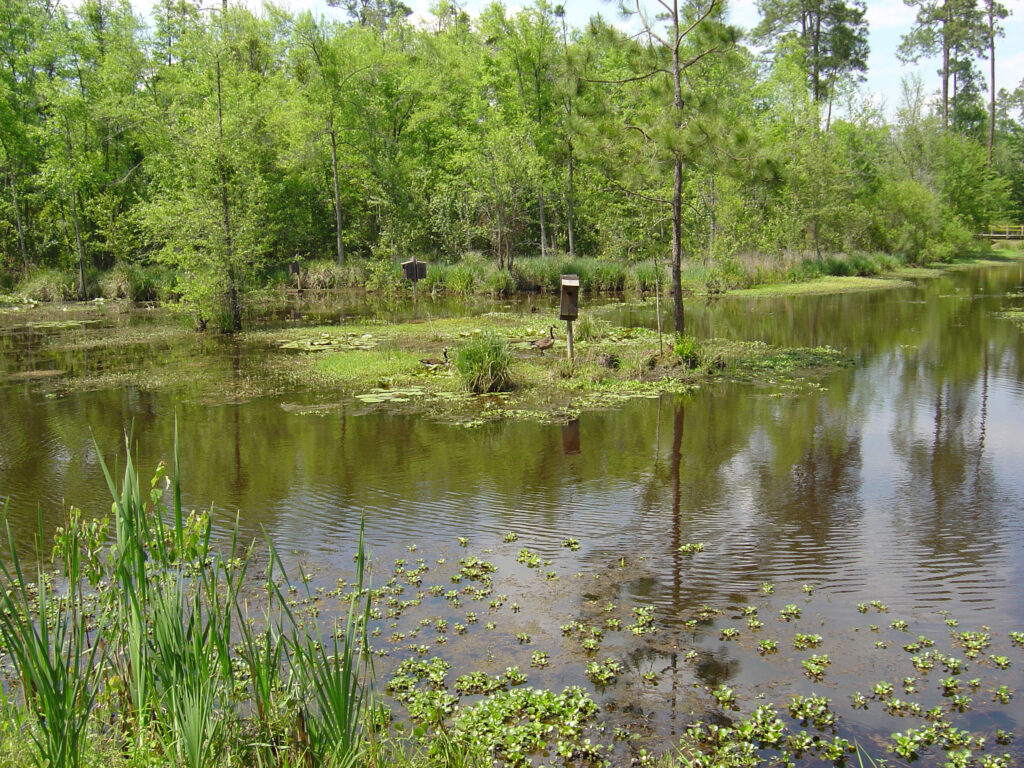
Courtesy of Abraham Baldwin Agricultural College
Prominent ABAC alumni include former lieutenant governor and state supreme court justice George T. Smith; former secretary of state Cathy Cox; and U.S. president Jimmy Carter, who enrolled in several short courses through ABAC’s continuing education program when he was a peanut farmer in nearby Plains.
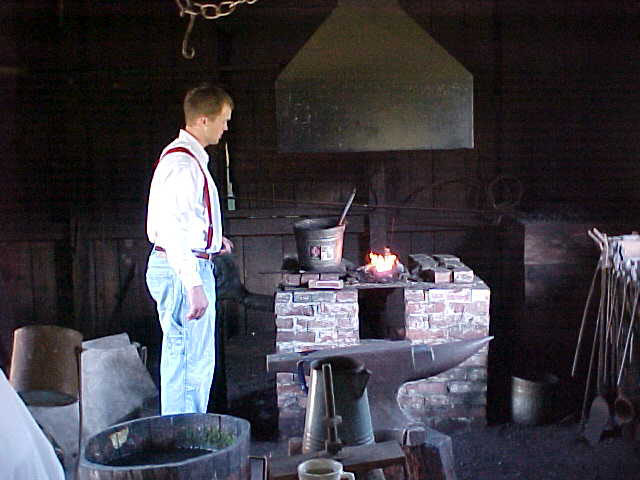
Courtesy of Georgia Museum of Agriculture and Historic Village
In 2008 ABAC was ranked number ten in Washington Monthly magazine’s inaugural list of “America’s 30 Best Two-Year Institutions.” The ranking was based on graduation rates and on a survey of students conducted by the Community College Survey of Student Engagement, which measured such factors as teaching quality and student-faculty interaction.


